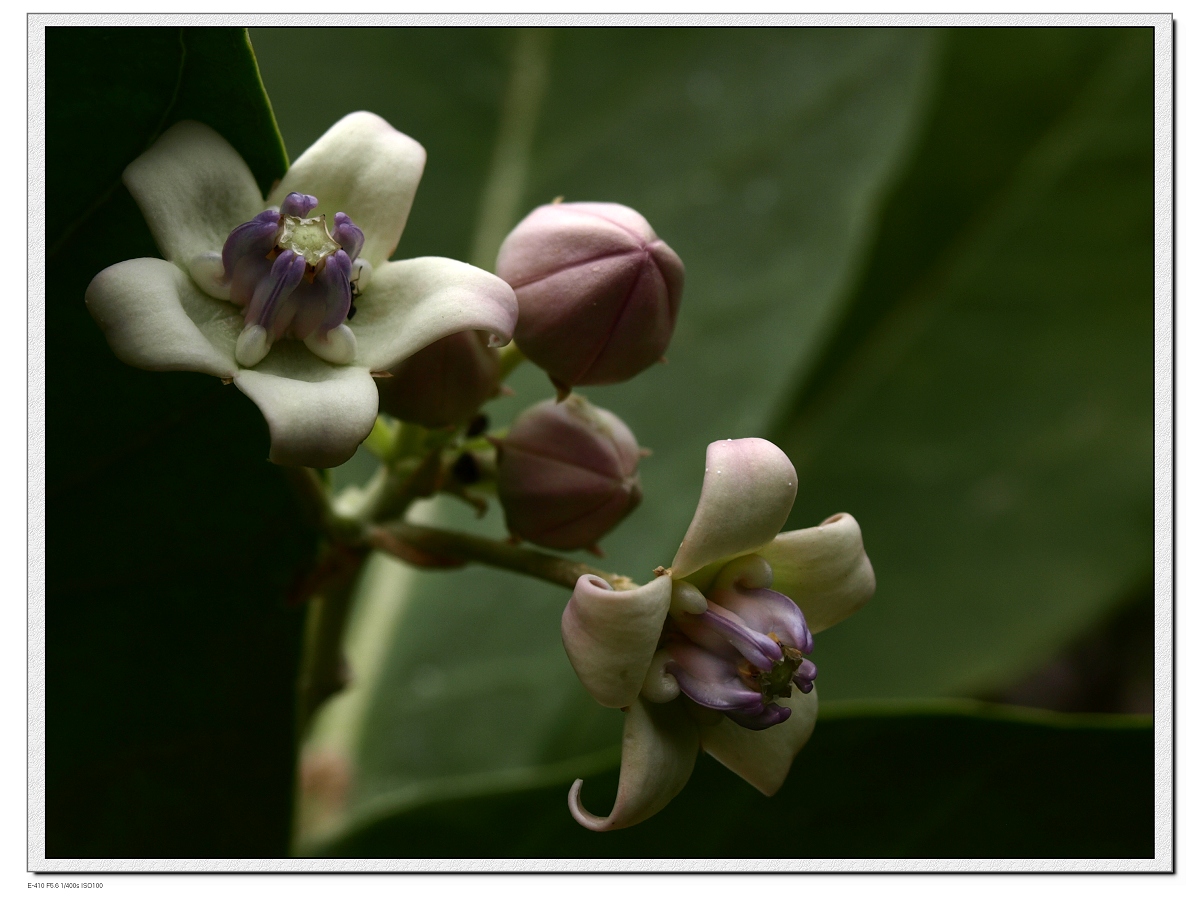
Calotropis gigantea
Calotropis gigantea is a perennial undershrub found chiefly in wastelands throughout India. It has been reported as a traditional folkloric medicine for a variety of alignments. The roots of Calotropis gigantea have been used in leprosy, eczema, syphilis, elephantiasis, ulceration and cough in the Indian system of traditional medicine. The plant Calotropis gigantea is also used in some parts of India for wound healing in combination with other plants.
Year:2017
Institution:
Department of Plant Biology, Michigan State University, East Lansing, MI 48824 USA
Data link: http://herbalplant.ynau.edu.cn/index.php?m=content&c=index&a=show&catid=100&id=218

Catharanthus roseus (L.) G. Don
Catharanthus roseus (L.) G. Don (Apocyanaceae) is known with various names (Madagascar periwinkle; Vinca rosea; Lochnera rosea) in India and all over the world. Water decoction of the leaves and/or the whole plant is used as household remedy for diabetes in several countries. Earlier reports indicate significant blood glucose lowering activity with hydroalcoholic or dichloromethane-methanol extracts of leaves of C. roseus in laboratory animals.
Year:2015
Institution:
Department of Biological Chemistry, The John Innes Centre, Norwich NR4 7UH, UK
Data link:
http://herbalplant.ynau.edu.cn/index.php?m=content&c=index&a=show&catid=100&id=219
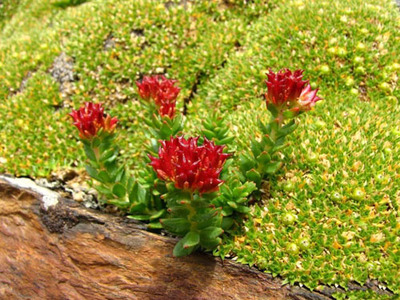
Rhodiola crenulata
Rhodiola rosea, is known by the common names Rhodiola, Roseroot, Rosenroot, Golden Root, Arctic Root, Orpin Rose, Rhodiole Rougeatre), and has a long history as a valuable medicinal plant having appeared in the Materia Medica of a number of European countries. The plant grows in crevices of mountain rocks and on sea cliffs of Arctic regions of Europe, Asia (mainly in Siberia) and N. America, including Britain, further south on mountains. Studies on isolated organs, tissues, cells and enzymes have revealed that Rhodiola preparations exhibit adaptogenic effect including, neuroprotective, cardioprotectiv e, anti-fatigue, antidepressive, anxiolytic, nootropic, life-span increasing effects and CNS stimulating activity.
Institution:
State Key Laboratory of Bioelectronics, School of Biological Sciences and Medical Engineering, Southeast University, Nanjing 210096, China
Year: 2017
Data link: http://herbalplant.ynau.edu.cn/index.php?m=content&c=index&a=show&catid=100&id=217

Gastrodia elata
Gastrodia elata , a traditional herbal agent that has been used as an anti-convulsant in oriental countries for centuries. In addition, GE is also used as an analgesic and a sedative against vertigo, general paralysis, and tetanus. Vanilly alcohol and gastrodin from Gastrodia elata are known to have anticonvulsive action.
Year:2018
Institution:
Kunming Institute of zoology, Kunming, 650203, China
Data link: http://herbalplant.ynau.edu.cn/index.php?m=content&c=index&a=show&catid=100&id=213
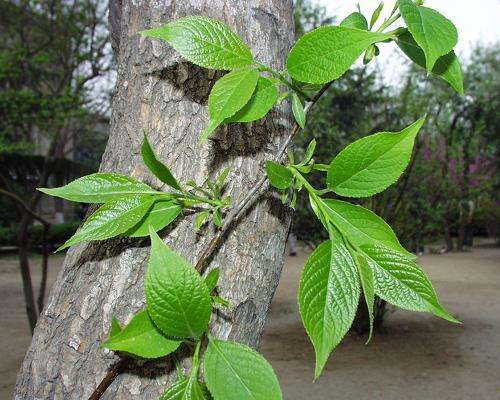
Eucommia ulmoides
Eucommia ulmoides, Du-Zhong, rich in polyphenolic compounds such as lignans, phenolic acid, and flavonoids, is a kidney-tonifying herbal medicine with a long history of safe use for treatment of bone fractures and joint diseases in China.
Year:2017
Institution:
Non-timber Forest Research and Development Center, Chinese Academy of Forestry, Zhengzhou 450003, China
Data link: http://herbalplant.ynau.edu.cn/index.php?m=content&c=index&a=show&catid=100&id=216
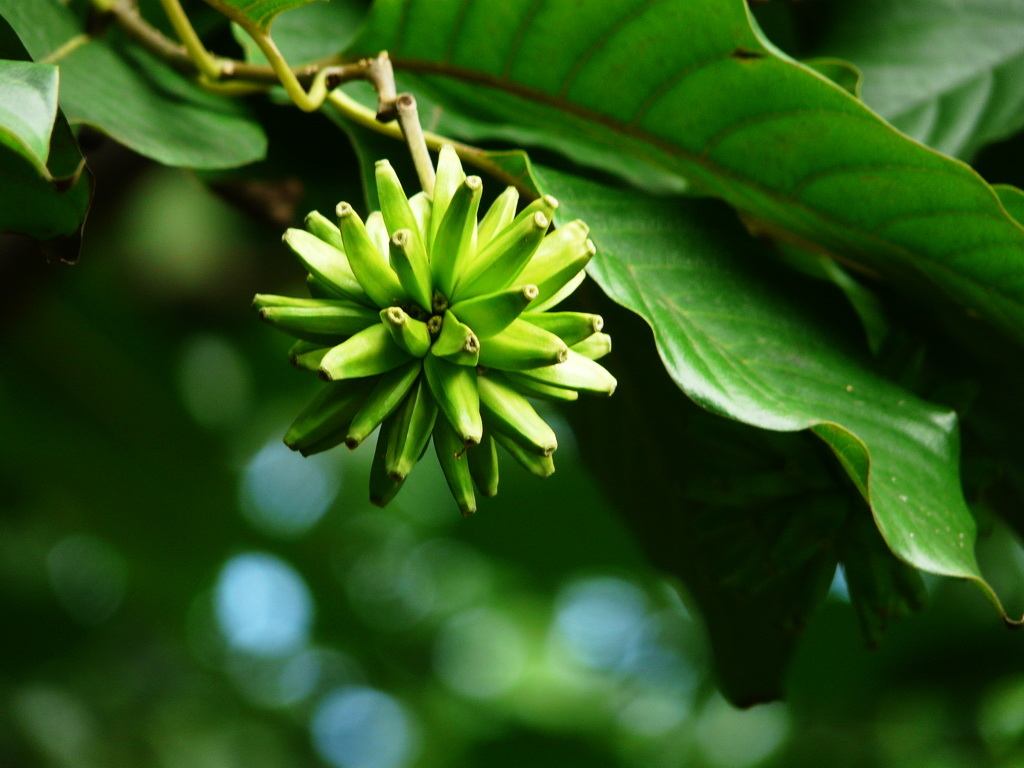
Camptotheca acuminata
Camptotheca acuminata is a Nyssaceae plant, often called the "happy tree", which is indigenous in Southern China. C. acuminata produces the terpenoid indole alkaloid, camptothecin (CPT), which exhibits clinical effects in various cancer treatments.
Year:2017
Institution:
Department of Plant Biology, Michigan State University, 612 Wilson Rd., East Lansing, MI 48824, USA
Data link: http://herbalplant.ynau.edu.cn/index.php?m=content&c=index&a=show&catid=100&id=215
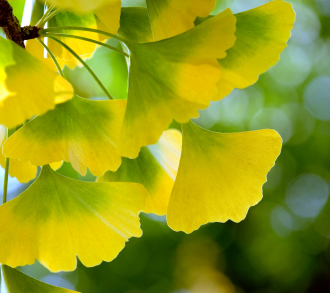
Ginkgo biloba
Extracts of Ginkgo biloba leaves are consumed as dietary supplements to counteract chronic, age-related neurological disorders. Its purported biological effects include: scavenging free radical; lowering oxidative stress; reducing neural damages, reducing platelets aggregation; anti-inflammation; anti-tumor activities; and anti-aging. Clinically, it has been prescribed to treat CNS disorders such as Alzheimer's disease and cognitive deficits.
Year:2016
Institution:
BGI-Shenzhen, Shenzhen 518083, China
Data link: http://herbalplant.ynau.edu.cn/index.php?m=content&c=index&a=show&catid=100&id=152
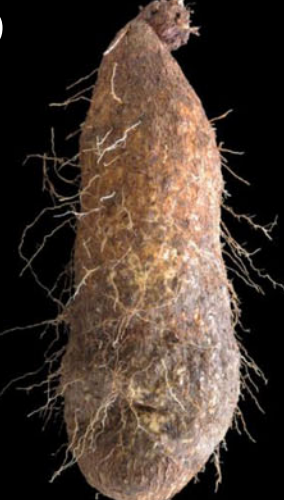
White Guinea yam (Dioscorea rotundata)
Dioscorea rotundata, the "white yam", sometimes sold as "Guinea yam" or "white ñame", is a subspecies of yam native to Africa. It is one of the most important cultivated yams.
Year:2016
Institution:Iwate Biotechnology Research Center, Kitakami, Japan
Data link: http://herbalplant.ynau.edu.cn/index.php?m=content&c=index&a=show&catid=100&id=153

Panax ginseng
Panax ginseng is one of the most important medicinal plants in Asia. Triterpene saponins, known as ginsenosides, are the major pharmacological compounds in P. ginseng.
Year:2017
Institution:
Institute of Chinese Materia Medica, China Academy of Chinese Medical Sciences, Beijing 100700, China
Data link: http://herbalplant.ynau.edu.cn/index.php?m=content&c=index&a=show&catid=100&id=154

Punica granatum L.
Pomegranate (Punica granatum L., Lythraceae) is a perennial fruit tree that is native from Iran to the Himalayan Mountains in northern India. The potential antioxidant, anticancer and antiatherosclerotic properties of the phenolic compounds in pomegranate fruit have been extensively investigated.
Year:2017
Institution:
Institute of Horticulture, Anhui Academy of Agricultural Sciences, Hefei 230031, China
Data link:
http://herbalplant.ynau.edu.cn/index.php?m=content&c=index&a=show&catid=100&id=214